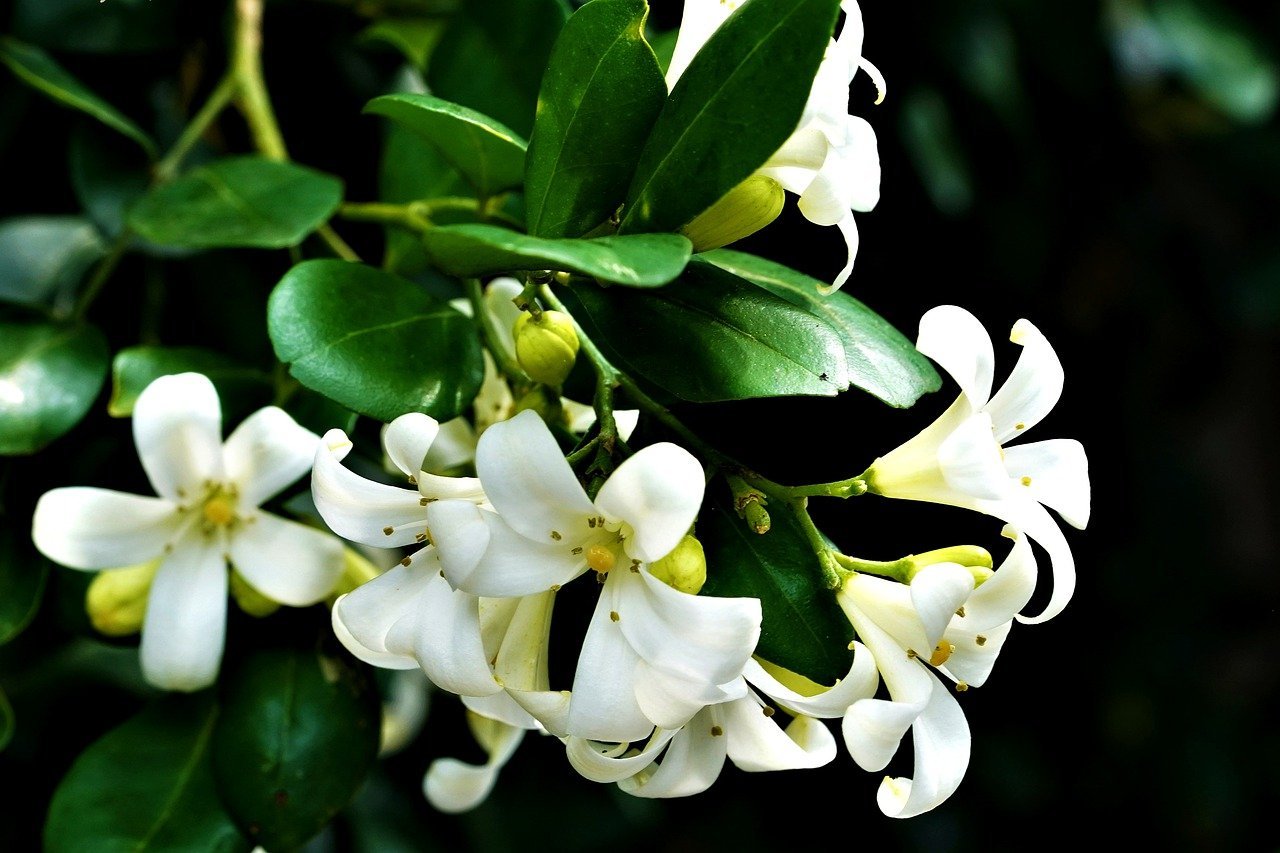There are other names of murraya: orange jessamine, mock orange, or orange jasmine. The murraya plants are both white or cream-colored. The petals are about zero. Five to 0.7 inches.
These blooms are arranged in unfastened organizations or clusters, with each flower on a pedicel of approximately 0.04 to 0.06 inches lengthy.
The flower of the murraya hedge has 5 sepals which can be 0.04 inches (1 mm) lengthy. Murraya paniculata will produce vegetation at random instances in the year. You will discover that your murraya hedge will produce extra plant life after wet weather. Such as in past due winter or during spring.
Scent Of the flower
The aromatic aroma of the murraya paniculata’s vegetation is extra awesome at night time. Some human beings say that it has a moderate citrusy aroma.
Even if considered one of murraya paniculata’s not unusual names is ‘orange jasmine,’ it does now not odor near jasmine at all. Others describe it near the scent of frangipanis. Those who are sensitive to strong odours have to keep away from getting too close to murraya while the plants are in full bloom.
Orange jasmine plant life require safety from hot, direct sunlight. Plant orange jasmine in properly-drained soil that is free of nematodes. Well-drained soil is vital, as orange jasmine doesn’t do well in waterlogged soil. As tropical flora, orange jasmine do high-quality in humidity above 50 percentage and should have temperatures above 40 ranges Fahrenheit, as they may be no longer frost-tolerant.
Pests & Disease
Although this species does’t commonly have issues with sicknesses, it will appeal to positive pests. You may also see soil nematodes, scale, whiteflies, and sooty mildew. Nematodes can be either useful or damaging to the lawn; when destructive, they will attack flowers and unfold plant viruses. The quality way to save you nematodes is to shop for flowers from reliable assets and plant them in nematode-loose soil. Neem oil also can assist manipulate nematodes. Whiteflies can transmit diseases to the plant and can sell sooty mildew, that’s in particular a beauty hassle. Whiteflies may be controlled with numerous organic and chemical remedies, inclusive of neem oil and horticultural oil, as well as with herbal predators, such as ladybugs, lacewing larvae, and whitefly parasites. Sooty mould is a black fungus that appears on leaves and can coloration them from daylight.

